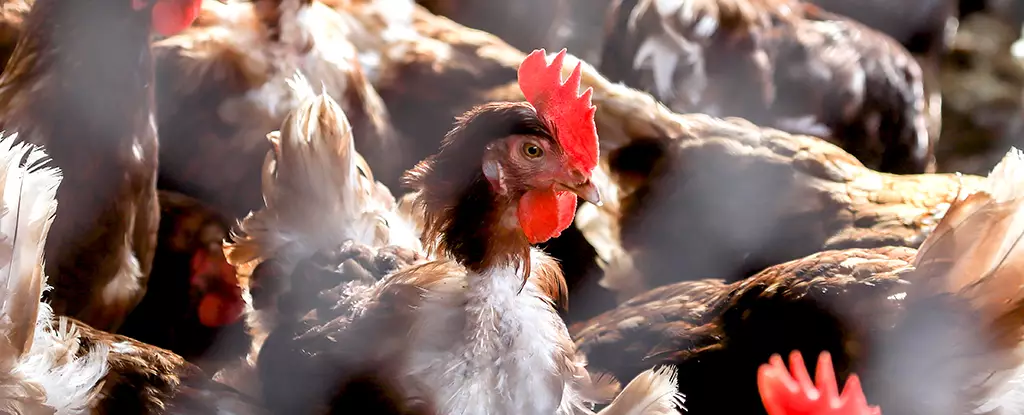With the recent reports of animal-to-human bird flu transmission surfacing in the United States, the potential for the virus to adapt and spread between humans is a major cause for concern among health experts. A study conducted by Virologists Flavio Faccin and Daniel Perez from the University of Georgia delves into the landscape of avian influenza vaccines for humans and highlights several promising options for vaccine development.
In their analysis, Faccin and Perez looked at different types of vaccines currently in development to prepare for a human pandemic involving the current bird flu variants. One approach involves inactivated vaccines, which are made using dead versions of the virus they are designed to protect against. Tests, including studies on mice infected with the H5N1 virus, have shown promising results with high levels of protection.
Another type of vaccine being explored is the live attenuated influenza vaccine (LAIV), which uses a weakened form of the virus to help the body build immunity against more severe strains. Studies, including research on monkeys, have shown that LAIVs can elicit a more comprehensive immune response, providing another potential avenue for protection against bird flu.
The researchers also examined newer vaccine technologies, such as virus-like particle (VLP) vaccines that mimic real viruses in a safe manner, and messenger RNA (mRNA) vaccines that direct cells to produce proteins matching the targeted virus. Early trials with human participants have produced encouraging results, indicating the potential for these innovative approaches in vaccine development.
While there is progress in vaccine research, challenges remain in scaling up production efforts and ensuring the effectiveness of vaccines against the latest strains of bird flu. Additionally, the deployment of these vaccines, if they are proven effective and needed, will require collaboration and coordination among various countries and agencies to ensure a global response to any potential pandemic.
The World Health Organization is actively involved in efforts to address the threat posed by avian influenza viruses, particularly subtypes like H5N1, H7N9, and H9N2 which have caused economic losses in the poultry industry and have led to documented spillover events and human cases. The need for continued vigilance and preparedness in combating bird flu remains a top priority for public health officials and researchers worldwide.
The ongoing research in bird flu vaccine development shows promise in enhancing pandemic preparedness and mitigating the threat of avian influenza viruses. While the road ahead may present challenges, the dedication and collaboration of scientists, health experts, and organizations are crucial in ensuring that a comprehensive and effective response is in place to protect against the potential spread of bird flu from animals to humans.


Leave a Reply